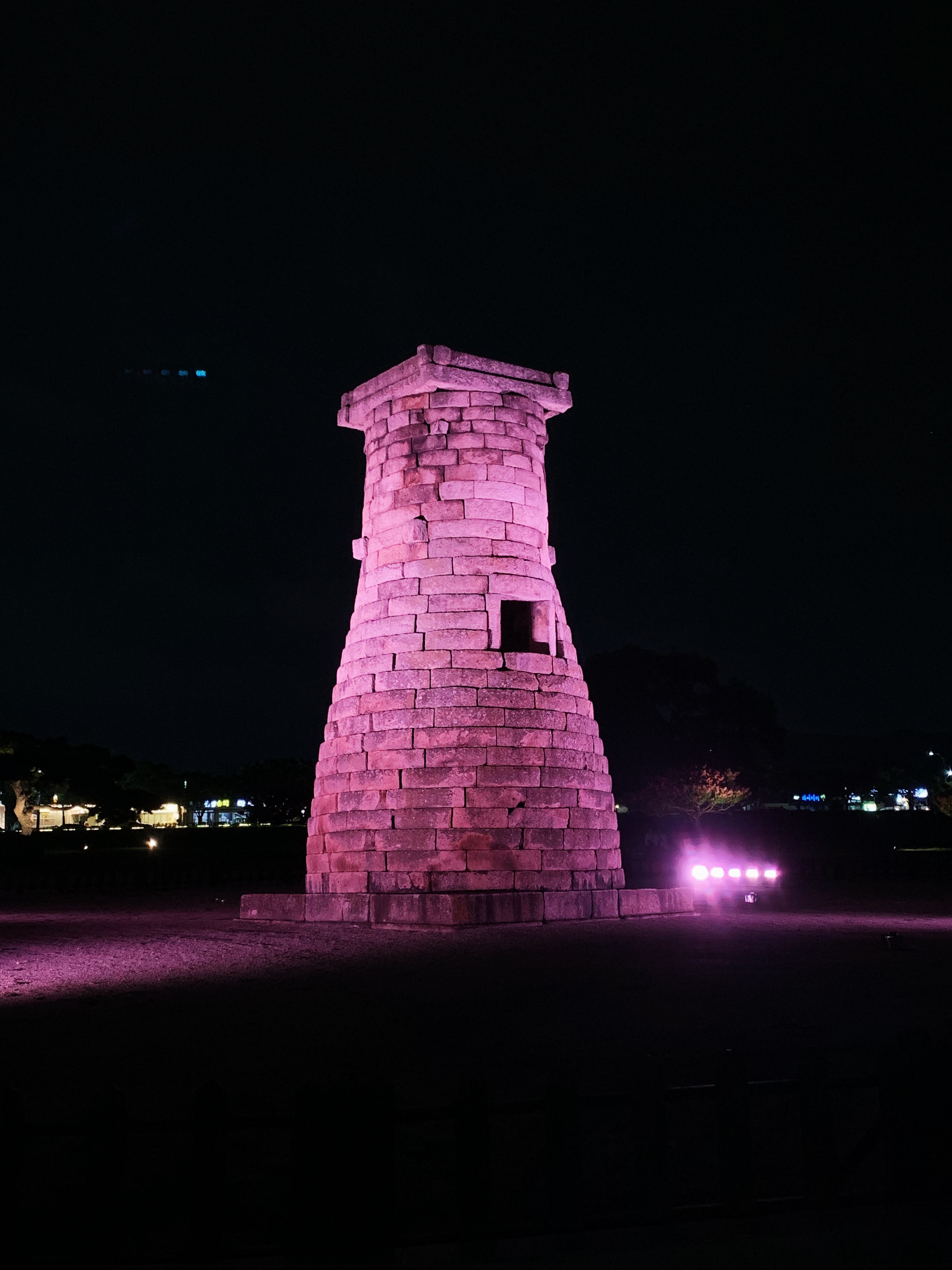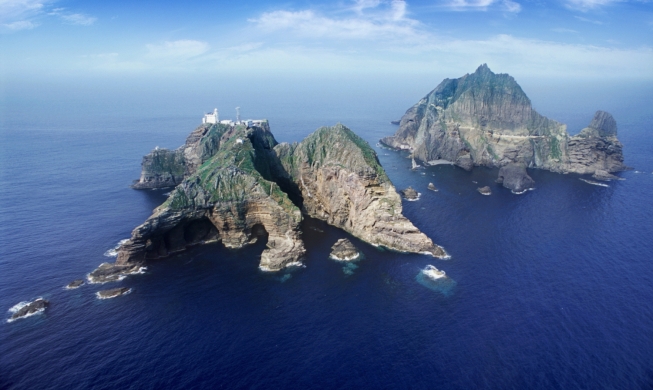- 한국어
- English
- 日本語
- 中文
- العربية
- Español
- Français
- Deutsch
- Pусский
- Tiếng Việt
- Indonesian
By Honorary Reporter Rae Catherine Roldan from Philippines
Photos= Rae Catherine Roldan

Burial mounds at Daereungwon Tomb Complex
Last year, I was in Korea for the summer to take part in a volunteer program of Seoul National University. Since I was mostly in Seoul, I wanted to venture outside of the capital. Luckily for me, a Korean friend invited me to visit her hometown in August last year.
The "Special Travel Week" hosted by the Ministry of Culture, Sports and Tourism this year from July 1-19 made me reflect on my solo trip to Gyeongju, Gyeongsangbuk-do Province.
Unlike more popular non-Seoul spots like Incheon, Busan and Jeju Island, Gyeongju is known for Buddhist art influences incorporated into its structures, palaces and temples. Called Korea's "museum without walls," the city was the capital of the Silla Dynasty (57 B.C.-935 A.D.) and its nicknames include Seorabeol (Capital), Gyerim (Rooster's Forest) or Geumseong (City of Gold).
Excited but nervous about my visit, I took the liberty of traveling alone by bus. I went to Express Bus Terminal and spent around four hours going from Seoul to Gyeongju, but the scenery on the way kept me entertained.
Upon arriving, I was greeted by my friend and her mother, who drove us around to scenic places. Because I fondly remember my trip, the following is a list of can't-miss spots in the city.
Daereungwon Tomb Complex
Burial mounds were tombs for the Silla elite, and on first look, they look like hills at a park. Walking deeper into the complex leads to Cheonmanchong Ancient Tomb, which was excavated in 1973. The tomb comprises a wooden coffin in an underground chamber open to the public.

Wolji Pond and Donggung Palace at night
Gyeongju Donggung Palace and Wolji Pond
As night approaches, the beauty of Donggung Palace is further highlighted by Wolji Pond, which perfectly illuminates the palace through the glorious lights surrounding the premises. The castle was once a second home to the Silla crown prince but fell into ruins after the dynasty's fall.

Cheomseongdae Observatory
Cheomseongdae Observatory
A stroll away from the palace stands a rocky structure 9 m tall: Cheomseongdae Observatory. East Asia's oldest astronomical observatory is made from 365 stones with 12 on its base representing the days and months of the year, respectively. This structure provides a spectacular sight at night thanks to various lights.
Gyeongju Gyochon Traditional Village
This unique Hanok (traditional architecture) village is a vibrant area filled with stores, cafes and workshops. Bicycle rentals allow tourists to freely roam around the village. Gyochon is also home to the country's first government-operated academy and its owners are the Choi clan, who have lived in the area for 12 generations.
I commend Gyeongju for doing a tremendous job in preserving its culture through heritage sites, which are longstanding testaments to Korea's rich history. Though there only for one night, I got to experience a different side of Korea far from the bustling routine of urban life. As pandemic restrictions are being slowly lifted and domestic travel promoted with proper social distancing, I hope more people can discover the city's beauty like I did.
chaey0726@korea.kr
*This article is written by a Korea.net Honorary Reporter. Our group of Honorary Reporters are from all around the world, and they share with Korea.net their love and passion for all things Korean.
Most popular
- Grammy-winning producer calls Suga of BTS 'amazing artist'
- 'Universal love, family' themes fuel success of 'King of Kings': director
- Council sets minimum hourly wage in 2026 at KRW 10,320
- Songs from animated K-pop film rule Spotify daily chart in US
- Export deal for K2 tank concluded with Poland for KRW 9T
